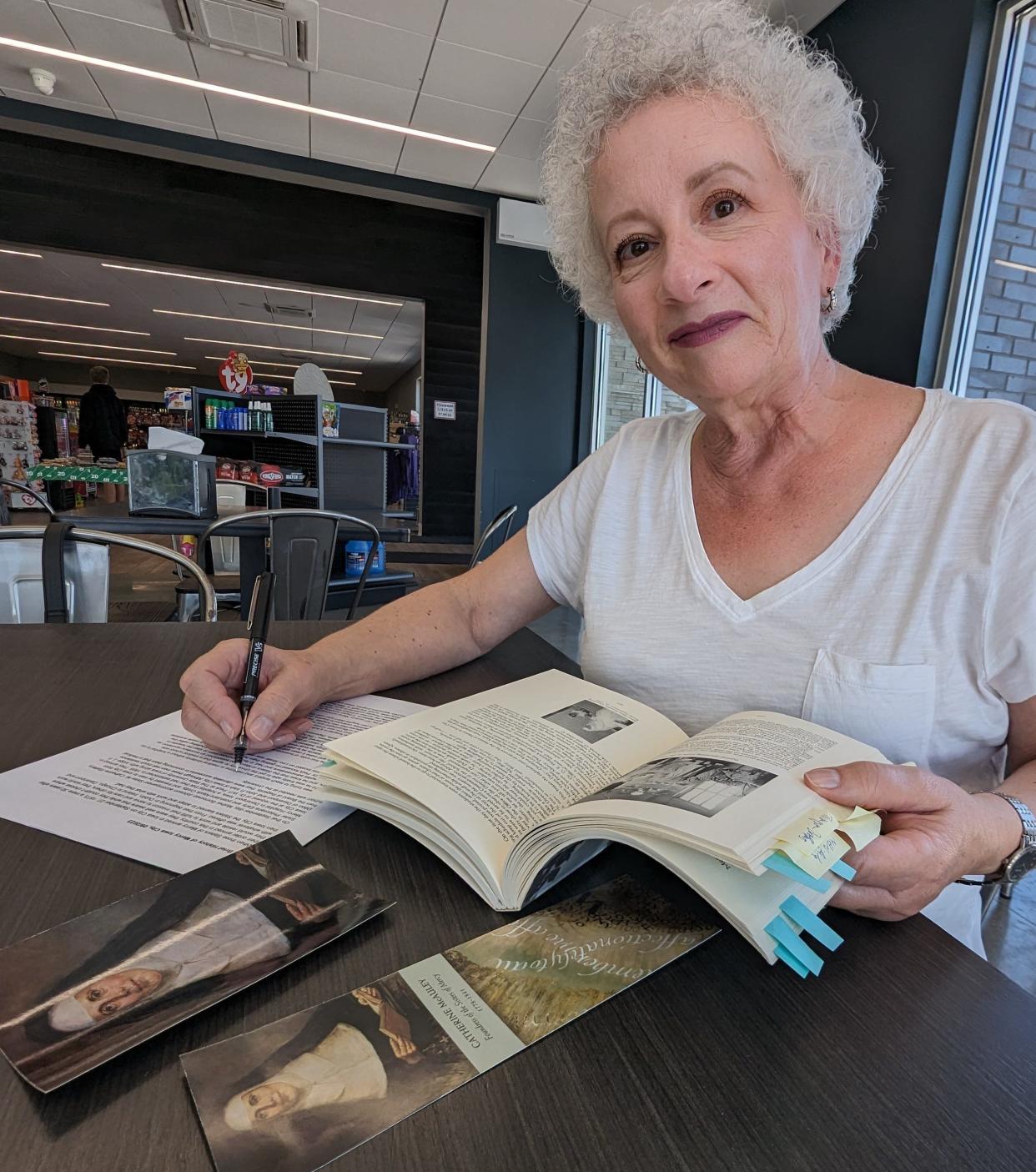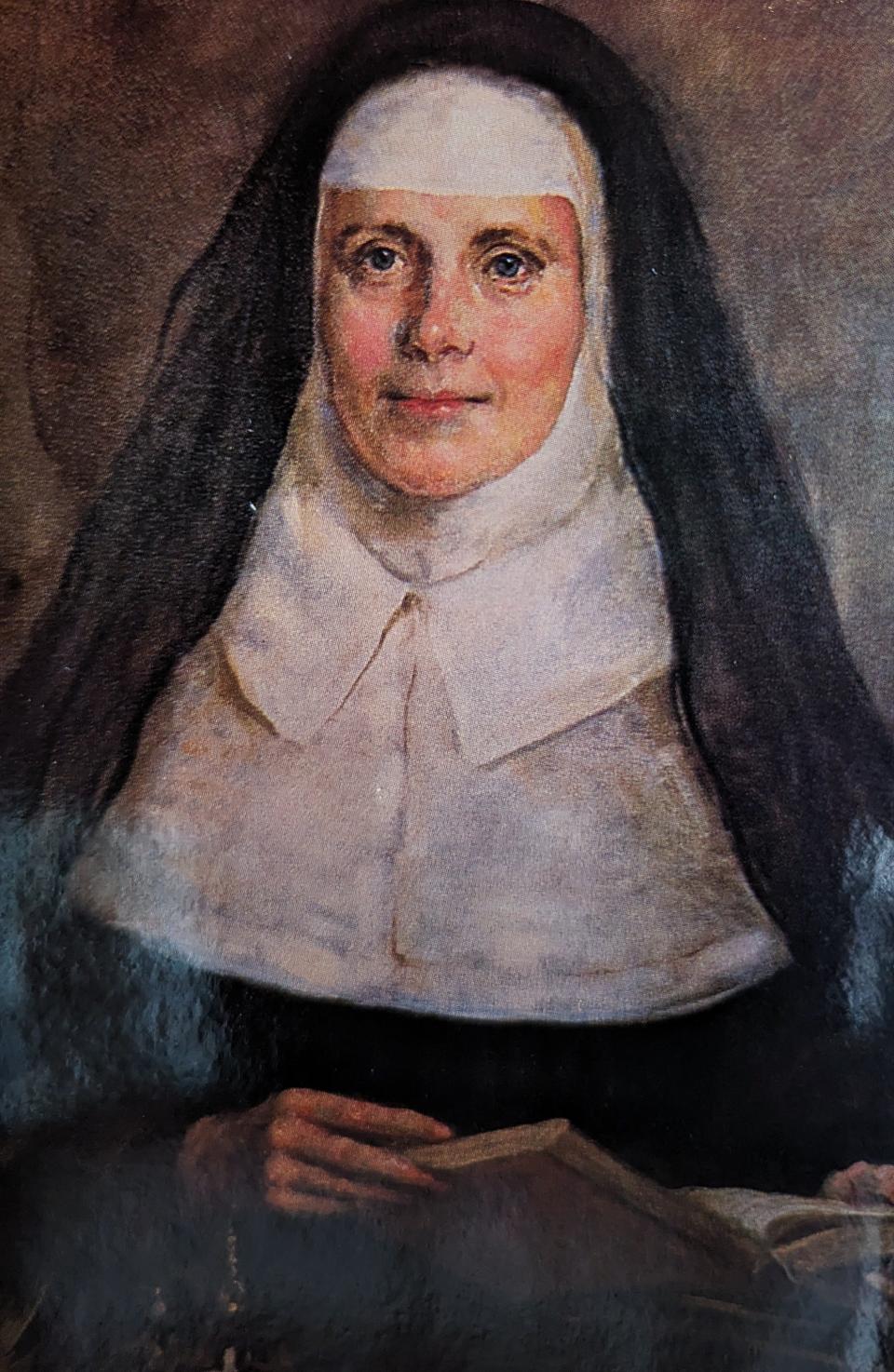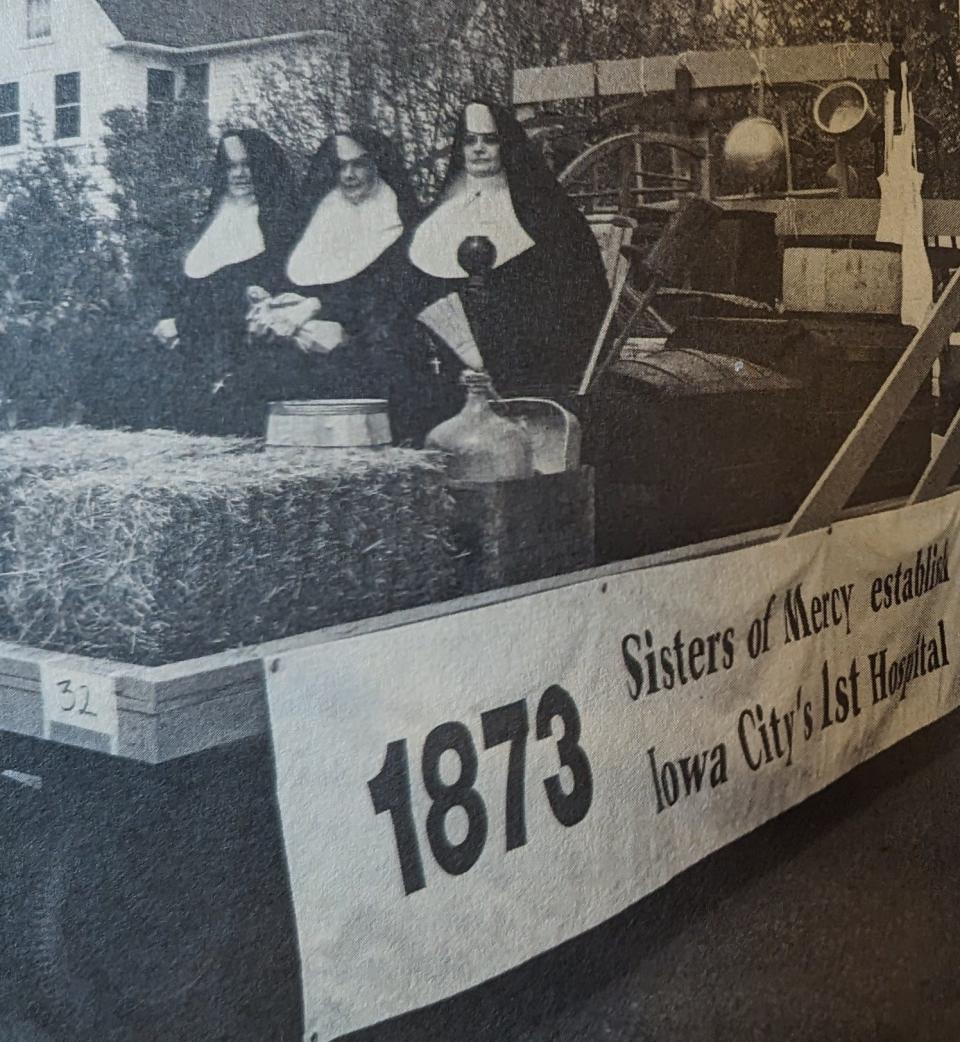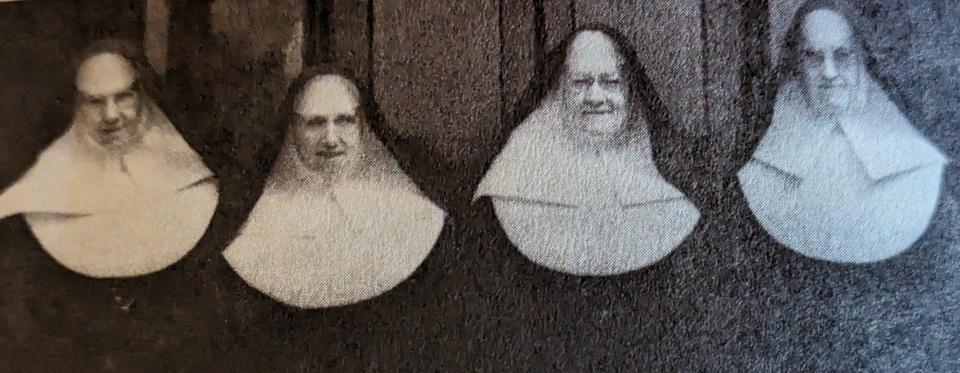Mercy Hospital’s 150-year legacy: Nuns built foundation on respect for care, compassion

Smack in the middle of widely publicized turmoil over its finances and future, Iowa City's Mercy Hospital will quietly mark an astounding 150 years of service to this community and beyond next week.
It’s a historic milestone that deserves much public respect – how a small, determined group of Irish nuns brought their kindness toward humanity and devotion to proper medical care to this fledgling community and state in 1873.
Unpaid and at times unappreciated, they founded a tiny, primitive hospital here, planting the seeds for what would eventually become at its peak a 264-bed, 1,400-employee medical complex and nursing school, with medical outreach facilities in seven Iowa counties.
“The Sisters came here with nothing and made all of this happen,” Margaret Reese told me. “All they had was their faith and their mission and their willingness to work hard.”
Reese is now retired but grew up with Mercy Hospital here, later working for its community relations department and foundation. She’s as passionate as they come about Mercy history.
“I had an appointment there this morning,” she told me a few days ago. “Everybody greeted me warmly and kindly as I walked down the halls. I can feel what the Sisters instilled in these walls.”
More: A Mercy bankruptcy trustee claims UI's bid protections has discouraged prospective buyers

A trip back to the 19th century
Reese says it all started in 1831 in Ireland when a prominent Dublin woman named Catherine McAuley founded a Catholic community of women “to serve the poor, sick and ignorant” which became the Sisters of Mercy worldwide.
Seven Sisters of Mercy came to Pittsburgh in 1843 to establish their order in this country. By 1849, they were operating Mercy Hospital in Chicago, later earning respect from Abraham Lincoln for their service to injured Civil War soldiers. By 1869, they had launched a hospital in Davenport, the first in Iowa.
Then on Sept. 27, 1873 – exactly a century and a half ago − next Wednesday – four of the Davenport nuns came by train to Iowa City to meet with the University of Iowa’s Dr. W.F. Peck and other prominent local leaders working to establish a medical school here.
The nuns were offered the University’s rundown and abandoned Mechanics Academy building on Linn Street near downtown – which no longer exists.

Renovating history to establish a nursing program
It reportedly took the Sisters only three weeks to reclaim the building from the birds and bats, repair and paint the walls, scrub and clean and sterilize all surfaces and equipment, and open for patients. This first Mercy Hospital had male and female wards, four private patient rooms, a dispensary, kitchen, lecture hall, a small chapel and living space for the Sisters.
Seven years later, Reese said they had established their own Mercy School of Nursing, a three-year apprentice program and the first nursing school in Iowa. By 1914, the school opened to women outside of the order for the first time. During the next six decades, the Mercy nursing program would graduate nearly 1,000 Registered Nurses before closing in 1972.
In 1885, the Sisters moved their hospital from the Mechanics Academy to a large home they had purchased two blocks away called the Dostal House. Although collaborators with the University medical staff, Reese said the nuns sought more independence from the University. However, UI doctors continued to practice, perform surgeries, and teach at Mercy.
“There were some operational differences of opinion early on as you might expect, but Mercy and the University have always supported each other through the years,” she added. “Things might come full circle if Mercy develops a closer affiliation with the UI once again 150 years later as has been recently proposed.”
The Dostal House was expanded through various additions in the early 1900s. Then, throughout the remainder of the 20th century, Mercy continued to steadily expand its footprint in all directions with new buildings and additions, soon recruiting its own general practitioners and surgeons. In the meantime, the University of Iowa Hospitals and Clinics grew to become the major medical center it is today.

The final Sister of Mercy leads hospital into the future
As its last Sister of Mercy administrator in the 1970s and 1980s, Sister Mary Venarda was also the first Mercy administrator to hold a master’s degree in health administration (MHA) and sparked major improvements. She boosted financial support by establishing the Mercy Foundation, plus she added several new specialties and oversaw more expansion of the main Mercy complex. She also for the first time welcomed lay members to its advisory board and board of directors to help build community support, still reserving three board positions for Sisters of Mercy.
Sister Venarda was followed by the hospital’s first lay administrator, Rick Breon, who helped to establish Mercy’s family medicine clinics and specialty outreach services, plus added more specialty services at the Iowa City facility as well.
Recently, with changes and challenges in health care nationwide, Mercy partnered for several years with the statewide MercyOne system.
Reese and others have high praise for the nuns who devoted their lives to the Mercy Hospital mission over their many decades of service, embedding the institution with an environment of selfless human caring which was cherished in Iowa City.
“I have never had as much respect for anyone as I do for these Sisters,” Reese said. “They never turned anyone away if they couldn’t pay. I can still feel that compassion.”
Linda Muston, another retired employee who worked closely with Sister Venarda, said the pioneer nuns who started Mercy Hospital 150 years ago this month would be pleased at how they impacted the future development of Iowa City in such a positive way.
“The whole medical Mecca we have now in this community may not have happened if these Sisters had not loaded up their blankets and pots and pans and what little medical equipment and supplies they had and taken off from Davenport for Iowa City to launch a hospital.”
Richard Hakes is a longtime columnist for the Iowa City Press-Citizen.
This article originally appeared on Ames Tribune: Mercy Hospitals 150-year history can be traced back to nuns, care

